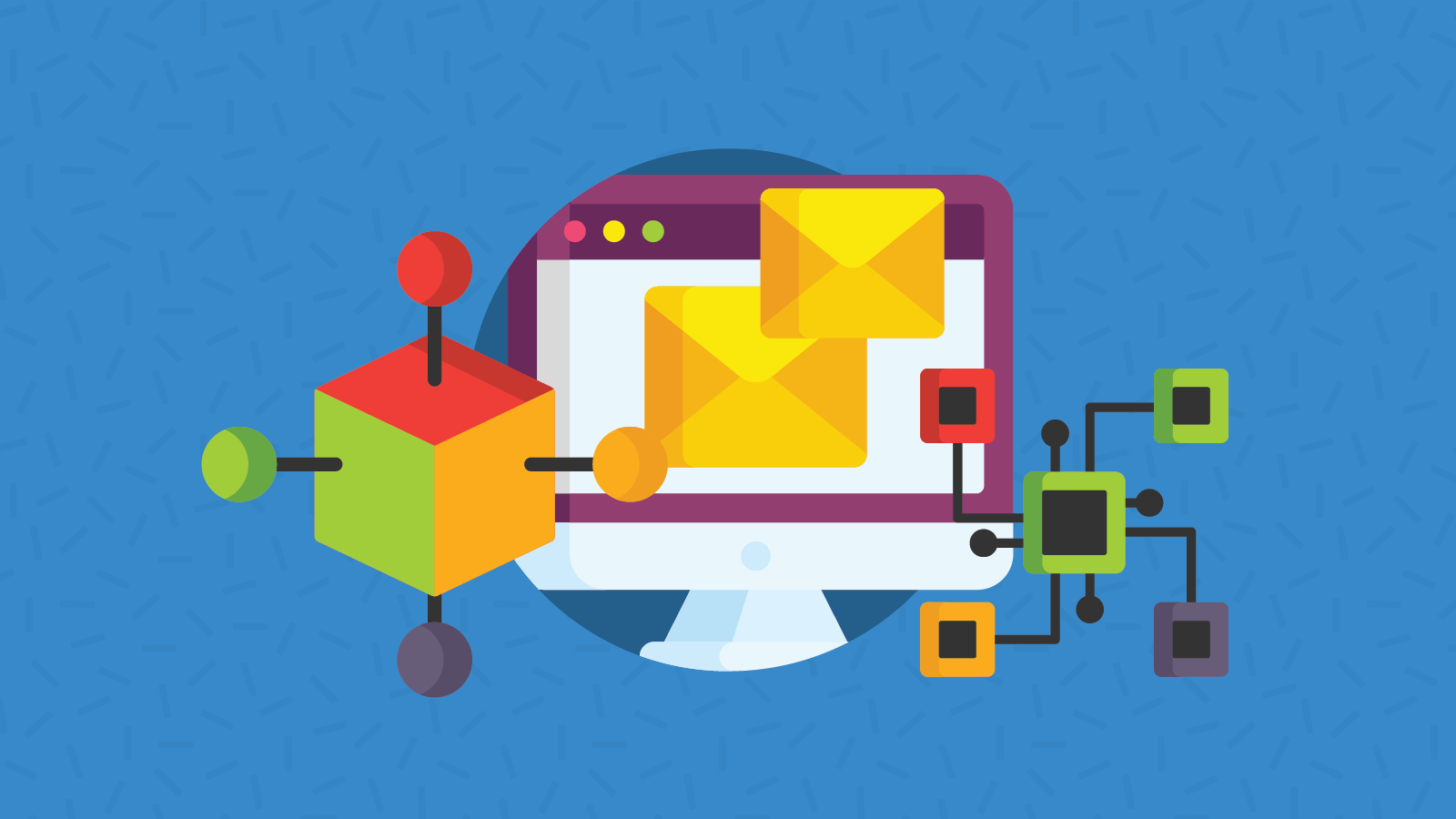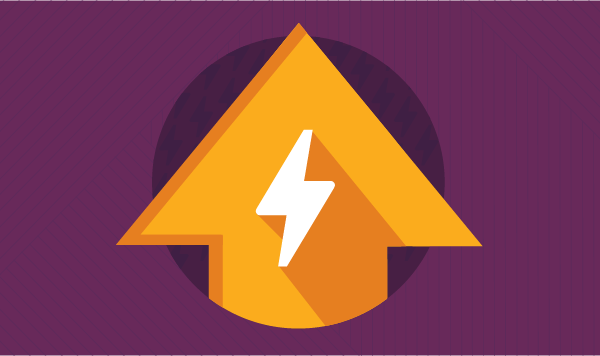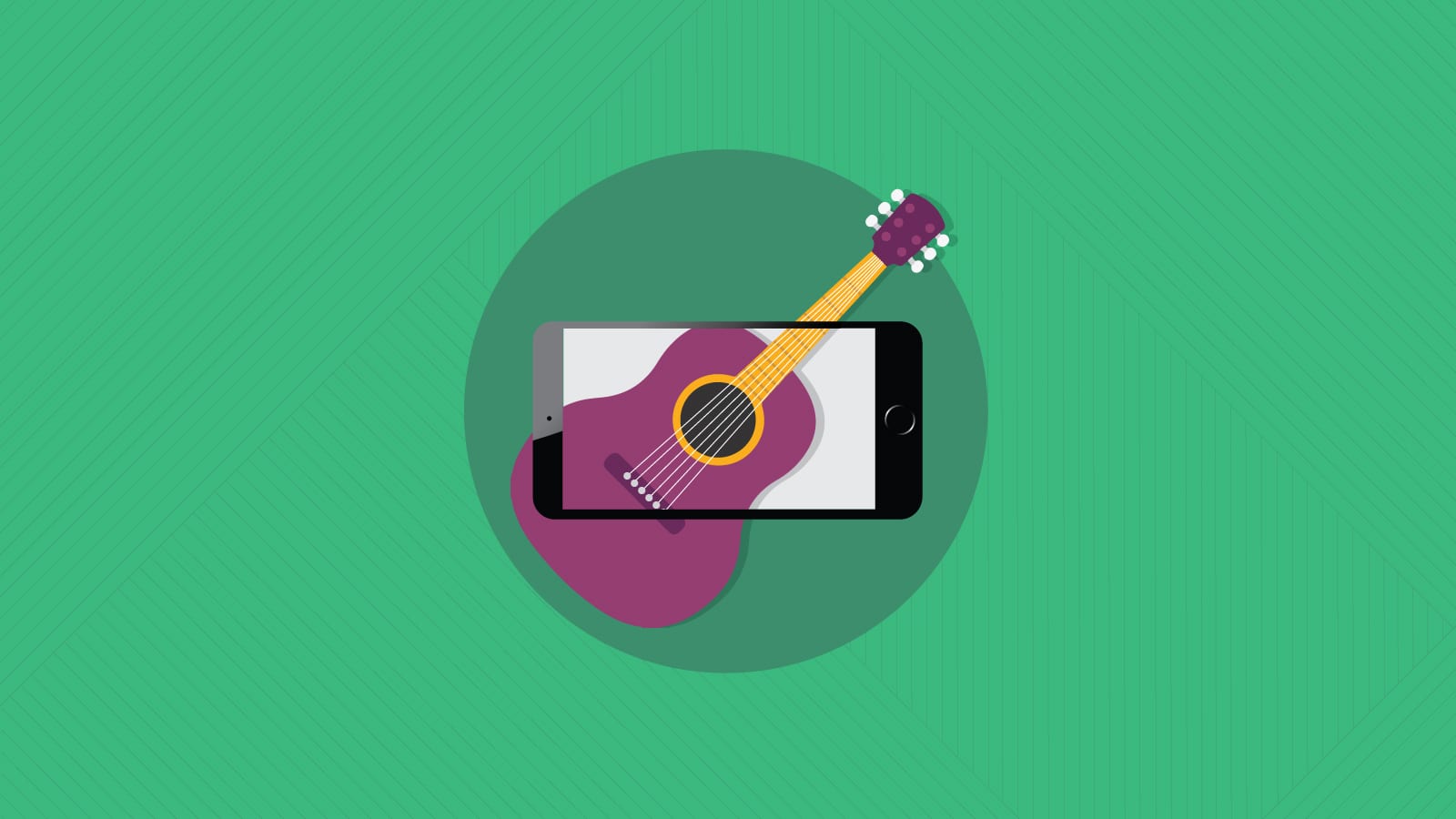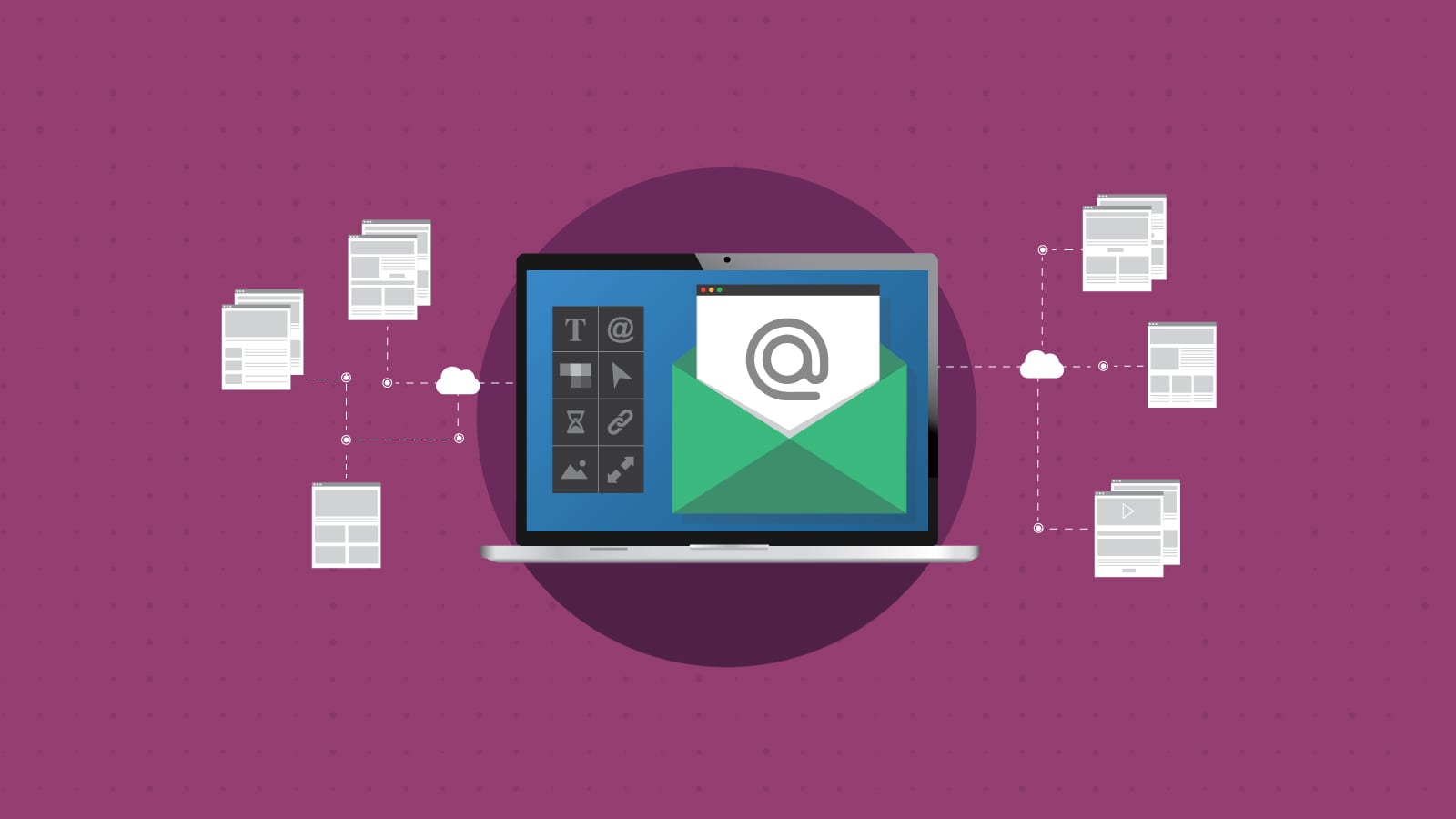Industry News
5 Advanced Email Marketing Tactics and Technologies to Try in 2022

Industry News

The start of a new year is a great time to make plans to try new things. Pick a travel destination, a new hobby, or new cuisine to try. Of course, you can make some email marketing goals in 2022 as well, like expanding your horizons and experimenting with some advanced tactics.
Each year, new email marketing trends emerge and offer opportunities to increase the sophistication of your program and keep your strategy from getting stuck in a rut. To paraphrase the legendary philosopher, Ferris Bueller: “Email moves pretty fast. If you don’t look around once in a while, you might miss it.”

So, let’s look around. We encourage you to explore these five advanced email marketing tactics and technologies in 2022:

Just about every online experience involves artificial intelligence (AI) to one degree or another — online shopping, social media, search engines, and most mobile apps use AI to help deliver customized experiences for each user. So there’s no reason that you shouldn’t be taking advantage of AI in your email marketing strategies as well.
Using AI in your email campaigns can help boost conversions, retain subscribers, save time, and help you understand your brand’s customers.
Because AI is based on large sets of data and pattern analysis, you’ll get insights into subscriber behavior that allow you to quickly adapt and change your strategies based on the results from each campaign. Plus, you can do this so much more quickly than if you had to gather, interpret, and iterate on that data manually.
Here are just a few ways that AI supports advanced email marketing:
AI programs like Phrasee use a subset of machine learning called natural language generation (NLG) to create high-performing, personalized subject lines, in-body copy, and even effective calls-to-action. It’s a tool that really takes the headache and stress out of crafting the perfect email.
Rasa.io is another interesting option for creating customized AI-driven emails. It uses subscriber data to craft newsletters that are tailored to each individual. You can deliver newsletters that only use third-party content or a blend of third-party and native content.
For instance, a bank might want to send a newsletter that helps their account holders develop better financial skills and alert them to new regulations. But account holders have different needs and interests. So, why should they all see the same newsletter content?
This option may be especially useful if you’re creating newsletters for multiple clients. Save your clients money and save yourself time by using AI-powered newsletters.
Some email platforms allow you to use algorithms for determining the best time of day for emails to land in a subscriber’s inbox. Not just in general, but for specific subscribers.
Services like send-time optimization from Sinch Mailgun find the ideal send time for each email subscriber by using historical engagement data that determines when a subscriber is most likely to open and engage with your email.
AI-powered software like Drift can help you better manage your contact list with sophisticated algorithms that search subscriber data in your CRM and push it back to your marketing automation platform.
It corrects out-of-date data using information pulled from email signatures and manages unsubscribes from people who replied to a campaign asking to be removed from a list. It can even identify when someone is no longer working for a company or when an email address is invalid before you end up with a bounce.

The majority of emails include mostly static content and very little interactivity within the message. However, with increasingly overflowing inboxes, email marketers need to compete for attention. AMP emails give you an edge over traditional HTML emails by making them dynamic and interactive. That could mean better results when you compare conversion rates of HTML vs AMP emails.
Here are some advanced email marketing tactics you can try with AMP:
Any form you might otherwise use on a website can be added to an email using AMP. You can create a webinar signup form, an event RSVP, account registration forms, surveys and quizzes, feedback forms, and demo request forms. Instead of being taken to a new window, subscribers can submit forms directly within the email, saving at least one — if not several — steps, and making the path to conversion easier.
Make appointments and reservations easier by embedding booking calendars directly into your emails. Whether subscribers are booking a software demo, making restaurant reservations, or buying airline tickets, the easier the process is, the better.
Sometimes you might have a lot of information that you want to deliver in one email. If the email feels too long, you might decide to create a short blurb and then try to push the subscriber over to a web page that has additional content. With AMP, you can include accordions, giving you the ability to add content without overcrowding and overwhelming subscribers.
With AMP, not only can you embed a carousel, but that carousel will always be up-to-date. Avoid the frustration of sending potential customers to a product page for an item that’s no longer available by using the dynamic content capabilities of AMP. This is just one reason that there are clear benefits of using AMP emails for eCommerce.
But don’t just read about it — see examples of AMP emails in a webinar recording from Email on Acid’s Splat Fest. You can also mess around on your own when you use the AMP email development playground.

Even if you haven’t used augmented reality (AR), you may be familiar with it from platforms like Snapchat, where you can overlay digital graphics and effects in real-time onto your smartphone selfies. The mobile app game Pokémon Go also played a big part in bringing AR into the daily lives of millions of people. But augmented reality isn’t restricted to social media and gaming. It can also be used as an advanced email marketing tactic.
Augmented reality as an advanced email marketing tactic is relatively new, but it offers some exciting possibilities, including:
Just like on Snapchat, you can use software like ZapStudio to create camera filters that use face-tracking and deep link them into your email. Encourage subscribers to share these images on social media to get more user-generated market reach.
Increase purchases from your marketing emails by providing an AR experience that allows customers to virtually place products in their homes and offices. When someone is more confident that a product will work for them, they’ll be more likely to buy it. You can use Apple’s RealityKit2 to create AR product staging experiences even if you’ve never done something like this before.
Immersive environmental experiences can be especially helpful for industries like real estate, travel, galleries, or theme parks. Help customers get excited about their travel destination, how the rooms in a prospective home flow together, what an art exhibition will include, or what rides are in your theme park. In addition to using panoramic images, you can add doors or gateways to create portal experiences, making it seem like you’re stepping into another realm.
Curious? Learn more about how to use augmented reality in email.

You may already use segmentation in your email strategy, but there are some advanced tactics that may help you get more data for more strategic segmentation.
If you have a list full of contacts for which you only know their name and email address, here’s an idea that could take segmentation and email personalization to the next level: Subscriber surveys could unlock the door to more useful information that supports advanced email marketing.
Be straightforward with subscribers about why you’re sending the survey and let them know you have their best interests at heart. Try messaging like, “No one wants emails that don’t relate to them. We want to deliver a better, more personalized experience to your inbox!”
Keep in mind that you’ll need to follow consumer privacy laws related to data storage and collection.
These surveys are simple and can be sent out after a completed purchase or after a period of service. It can be as simple as asking a customer to give a thumbs up or thumbs down, or you can have them rate your service on a scale of 1-10. If a customer responds positively, you might add them to a segment for continued engagement. If they responded negatively, you might add them to a segment that gets emails about troubleshooting product issues or temporarily suspend them from getting further marketing emails.
NPS surveys are used to gauge how likely a customer might be to recommend your company or product to a friend. If a customer answers that they’re likely to recommend your product, you can add them to a segment that receives more promotional offers predicated on sharing with a friend, BOGO offers or prompts to share a product or their experience on social media.
These surveys can be more difficult to get people to fill out because they can feel a little invasive. Questions about age, gender, education level, occupation, household income, and marital status can be perceived as prying. With these questions, you really have to make it feel worth the subscriber’s participation. In addition to assuring them that the information will be used to make sure that they get relevant emails, you might offer an incentive like a discount on their next purchase.
People generally enjoy telling others about the activities and hobbies they enjoy. This kind of survey might also be perceived by subscribers as more pertinent to personalizing their email experience. For instance, it doesn’t matter if someone is 18, single, and works as a cashier or if they’re 65, married, and a neurosurgeon — if they both enjoy running, both could be a reasonable target audience for the latest running shoe.
You can make these questions more fun by wording them in an amusing way and making it feel like a game. For instance, you could ask a series of “would you rather” questions like, “It’s a beautiful day out. Would you rather go for a run in your ‘brand of shoe you sell’ or nap in your ‘brand of backpacking hammock you sell’?”
There are plenty of options for making this kind of survey fun. Get creative!
If you use AMP for your email surveys, you can increase your chances of getting responses since subscribers won’t have to go to another website to complete the survey.

One of the best ways to implement advanced email marketing tactics is to take advantage of marketing automation tools.
Many transactional emails are automated — purchase receipts, order shipping notifications, and delivery confirmations are all part of the automated email process that customers are used to. But it’s important to keep subscribers engaged, whether they’ve purchased or not. A great way to do this is to send them automated emails based on their behavior online or in an application.
Here are some common campaigns that can be sent based on subscriber behavior:
When someone joins your list, you can send an email presenting them with a special offer. You can make this welcome email part of a series that introduces the subscriber to your products or services and trigger each subsequent email based on in-email behavior.
When someone signs up for a service, you can trigger a series of emails based on subscriber behavior that forces them to complete a particular task before the next email. For instance, an accounting firm might onboard new clients with an email prompting them to sign an engagement agreement. Once that’s signed, they get a subsequent email asking them to upload previous years’ tax returns — and so on until all tasks are complete. If they don’t complete the task in a certain time frame, a reminder email is sent.
Based on what someone has previously purchased, you can trigger emails recommending accessories or related products, articles and videos related to that product, or review requests and satisfaction surveys.
This, by the way, would be an excellent opportunity to use AMP emails for collecting testimonials from customers.
Our Black Friday email marketing report found that only 18% of respondents planned to use abandoned cart emails as part of their holiday sales strategy. This was startling news. Abandoned cart emails are one of the easiest ways to automate sales recovery. You can make them as simple as a single email gently reminding a customer to complete their purchase, or you can offer a series of reminders with different discounts over time. But seriously — if you’re not using abandoned cart emails, make the resolution to start doing so in 2022.
In the same way that you can send emails based on subscriber activity, you can also send them based on subscriber inactivity. If someone on your list hasn’t engaged with your emails in a while, consider sending them a survey asking them to update their preferences, provide feedback, or warn them that they’re going to be unsubscribed.
No matter how strategic or cutting edge you get with advanced email marketing, remember that email client support for certain types of code and technologies is often inconsistent. You must test your emails before you send them.
If you’re using newer technologies like AMP and augmented reality, make sure your emails include fallbacks for email clients that don’t support those technologies. With Sinch Email on Acid, you can preview your email in just about any email client or device before hitting “send,” so you can make sure all your subscribers have an ideal email experience.